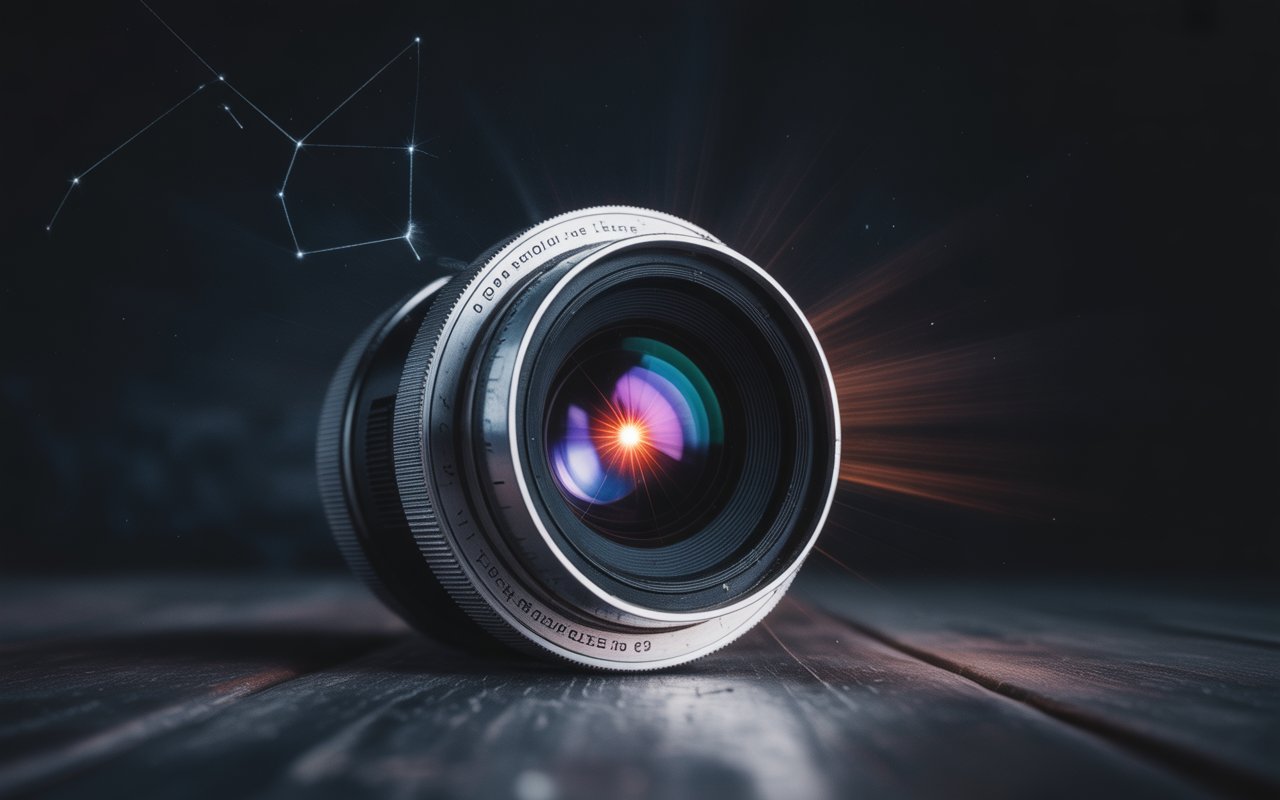Photeeq Lens Flare is a creative tool designed to replicate the beautiful and often cinematic light artifacts seen when bright light hits a camera lens. Unlike accidental lens flares that can distort an image, this tool allows complete control, giving photographers and designers the ability to create intentional, mood-enhancing light effects.
The Evolution of Lens Flare in Photography
Lens flare was once considered a technical flaw, something photographers tried to avoid. Over the years, it has become a stylistic choice, especially in cinematic photography and advertising. Photeeq Lens Flare takes this transformation further by providing precise control, ensuring that every light streak, halo, or glow serves the artistic vision.
Why Use Photeeq Lens Flare?
Using Photeeq Lens Flare brings several benefits. It can enhance emotional tone, add a sense of realism to digital compositions, and create depth within flat scenes. Because it simulates the natural way light interacts with camera lenses, the results feel authentic yet remain fully customizable.
Key Features of Photeeq Lens Flare
Photeeq Lens Flare offers a variety of features that make it stand out:
-
Realistic Light Simulation: Mimics natural light scatter for believable results.
-
Customizable Effects: Adjust brightness, hue, position, and shape.
-
Layer Capabilities: Combine multiple flares for richer scenes.
-
Seamless Integration: Works well with major image editing software.
Creative Possibilities with Photeeq Lens Flare
The tool is versatile enough to be used in multiple contexts:
-
Portrait Photography: Adds warmth and glow to backlit subjects.
-
Landscape Shots: Highlights sunrises, sunsets, and scenic horizons.
-
Urban Scenes: Enhances neon signs, streetlights, or car headlights for an atmospheric look.
-
Video Projects: Integrates cinematic light effects into moving visuals.
Best Practices for Using Photeeq Lens Flare
To get the best results:
-
Match the Light Source: Always align flares with existing light in the image.
-
Use Subtlety: A gentle effect often looks more professional than an overpowering one.
-
Color Harmony: Adjust the flare color to match or complement the overall tone of the image.
-
Balance Composition: Ensure the flare adds to the image rather than distracts from the main subject.
Common Mistakes to Avoid
While powerful, overuse or poor placement can hurt your visuals. Avoid:
-
Placing flares where no light source exists.
-
Over-saturating the colors.
-
Ignoring perspective and light direction.
-
Using the same flare repeatedly, which can make work feel repetitive.
The Science Behind Lens Flare
Lens flare occurs when light enters a camera lens and scatters internally due to reflections between lens elements. This creates visible patterns like streaks or orbs. Photeeq Lens Flare uses this principle but gives the creator control over shape, size, and placement, making it a blend of science and artistry.
Photeeq Lens Flare for Storytelling
A well-placed flare can:
-
Add drama to action scenes.
-
Create nostalgia in romantic imagery.
-
Give an epic, otherworldly quality to landscapes.
-
Lead the viewer’s eye toward a focal point.
Advanced Techniques with Photeeq Lens Flare
For professionals looking to push the boundaries:
-
Layer Masking: Apply the flare to only part of an image for selective emphasis.
-
Blending Modes: Experiment with different blending styles to integrate the flare seamlessly.
-
Motion Effects: In video, animate flares to match camera movement.
-
Multiple Light Sources: Use varying flares to mimic complex lighting setups.
The Role of Photeeq Lens Flare in Modern Media
From blockbuster films to social media campaigns, lens flare is now a recognizable creative device. In branding, it conveys sophistication and cinematic quality. In travel photography, it communicates warmth and authenticity. Photeeq Lens Flare is adaptable to all of these contexts.
Workflow Integration Tips
-
Plan Before Shooting: Knowing where you’ll add flares later can help frame your shots.
-
Work Non-Destructively: Apply effects on separate layers to keep your original image safe.
-
Save Presets: Build a library of favorite flare settings for efficiency.
-
Test in Different Lighting: See how your flares look in various brightness levels.
Emotional Impact of Photeeq Lens Flare
Light has a direct psychological effect on viewers. A soft golden flare can evoke warmth and happiness, while a cool blue flare can suggest mystery or calm. By mastering Photeeq Lens Flare, creators can tap into these subconscious responses to strengthen visual storytelling.
Photeeq Lens Flare in Social Media Content
In the fast-scrolling world of social platforms, eye-catching imagery is key. A well-designed flare can stop the scroll, increase engagement, and make posts more shareable. Influencers, travel bloggers, and brands often use lens flares to stand out from generic visuals.
Trends in Lens Flare Use
Current creative trends show:
-
Minimalist flares for a natural look.
-
Integration with vintage filters for a nostalgic feel.
-
High-contrast, bold flares in fashion photography.
-
Interactive flares in augmented reality (AR) applications.
Looking Ahead: The Future of Photeeq Lens Flare
With AI and machine learning evolving, future versions of Photeeq Lens Flare may offer automated placement, adaptive color matching, and real-time previews for video editing. This will make cinematic effects even more accessible to beginners while offering more power to professionals.
Conclusion
Photeeq Lens Flare bridges the gap between technical precision and creative freedom. By understanding light behavior and using the tool thoughtfully, photographers, videographers, and digital artists can turn ordinary visuals into cinematic masterpieces. Whether the goal is to add subtle warmth or dramatic intensity, Photeeq Lens Flare offers the flexibility to match any creative vision.

